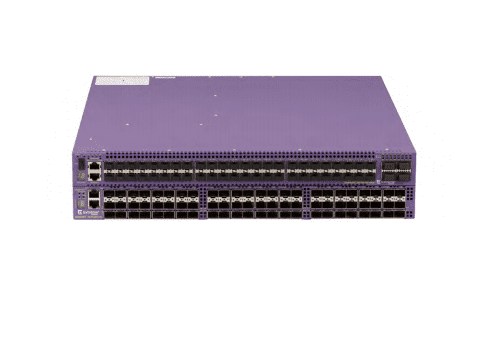Create LACP LAG between Extreme and Enterasys switches

A late breaking project I was involved with recently with a client was adding 10G port count to an environment that had simply outgrown the number of 10G ports that were being used. Another ESXi host was being added to scale out a VMware cluster for capacity which meant (2) more 10G ports which exceeded capacity of the core switch. The core switch was an Enterasys chassis switch and the 10G switch being added was an Extreme x670 top of rack switch with 48 ports of 10G uplinks – so a nice capacity upgrade. Between Enterasys and Extreme, there are vast command line differences in the CLI and I ran into a couple of challenges with the LACP LAG formation between the two. Let’s take a look at some of those challenges I ran into to create LACP LAG between Extreme and Enterasys switches.
Create LACP LAG between Extreme and Enterasys switches
So let’s lay things out on syntax between the two switch variants on how to setup LACP LAGs on each. Let’s start on the Extreme side since there is quite a bit more commandline syntax to get things setup.
Enterasys
The first thing you need to do is make sure all the appropriate VLANs are setup on the individual ports as well as the LAG itself. Why do you need to setup VLANs on the underlying individual ports as well you may ask? Well, if for some reason the LAG is torn down or doesn’t come up the individual ports will have the appropriate VLANs setup so that traffic will still pass on a single uplink port.
To do this on a Securestack or chassis style Enterasys switch, we can use the following syntax:
set port vlan ge.1.1;ge.1.2;ge.1.3;ge.1.4;lag.0.1 20 modify-egress set vlan egress 50,60,70 ge.1.1;ge.1.2;ge.1.3;ge.1.4;lag.0.1 tagged
Next we have to bind an aadminkey to the lag:
set lacp aadminkey lag.0.1 1
Now we bind our individual ports to the aadminkey:
set port lacp port ge.1.1 aadminkey 1 set port lacp port ge.1.2 aadminkey 1 set port lacp port ge.1.3 aadminkey 1 set port lacp port ge.1.4 aadminkey 1
Now we finally, enable the LACP LAG on those individual ports:
set port lacp port ge.1.1 enable set port lacp port ge.1.2 enable set port lacp port ge.1.3 enable set port lacp port ge.1.4 enable
At this point on the Enterasys side of things, we are done.
***NOTICE*** Here is the point I didn’t realize from the Enterasys line since I was more familiar with the LACP LAG setup on the Extreme switch side and that caused me a lot of headache in troubleshooting why the LACP LAG wasn’t working – Enterasys out of the box must have at least two uplinks for the LACP LAG to come up.
***CAVEAT*** There is a workaround for this. There is actually a commandline command that enables single port LAGs.
set lacp singleportlag enable
With the above command this will enable singleport LAG groups.
Extreme
The Extreme side of things is a cake walk in comparison to the Enterasys commandline syntax – much easier. Also, Extreme out of the box supports single port LAGs so no special command to enable this functionality. The following command enables LACP:
enable sharing 45 grouping 45-48 lacp
With Extreme, you define the “master” port and then group the additional ports to the master port. Also, make sure you have all the VLANs you want tagged across the ports you group together. Wasn’t that easy in comparison? No aadminkey, no binding lags to the aadminkey and no enabling LACP for those ports as a separate command.
Final Thoughts
After figuring out the issue with the single port lag on the Enterasys side, the process to Create LACP LAG between Extreme and Enterasys switches was very straightforward and worked well. As you can see above, the process on the Enterasys side is much more involved than on the Extreme side.








